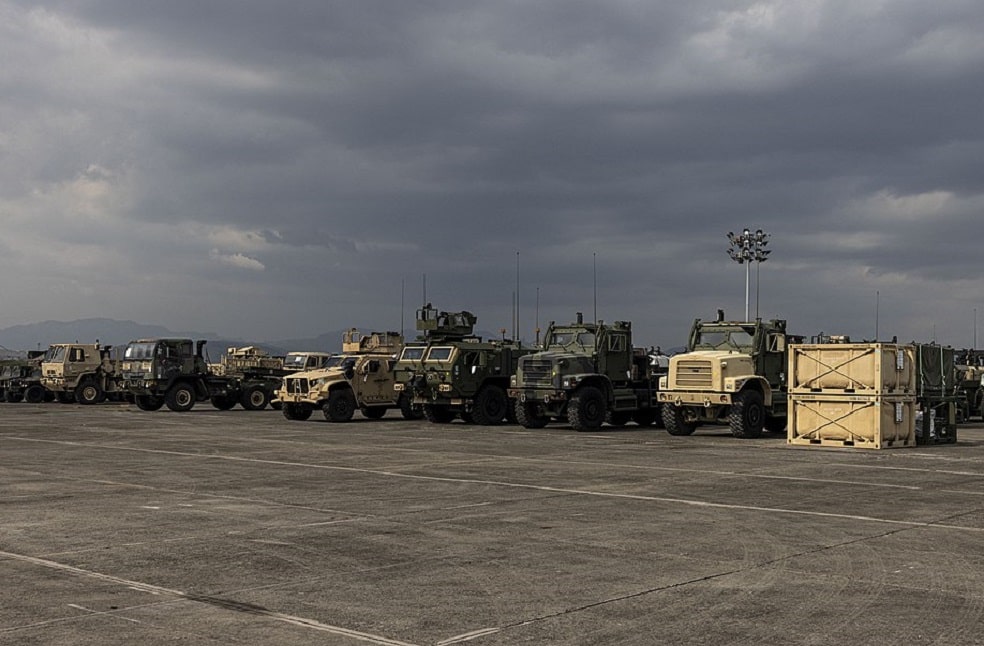Sweden: A new report by the Stockholm International Peace Research Institute (Sipri) has stated an increase in the number of operational nuclear weapons among major military powers, raising concerns about a dangerous period in human history. The leading thinktank found that there are now approximately 12,512 warheads globally, with 9,576 ready for potential use, marking an increase of 86 compared to 2022.
This rise ends a period of gradual decline in nuclear weapons following the end of the Cold War. Sipri attributed 60 of the new warheads to China, while Russia, Pakistan, North Korea, and India were responsible for the remaining additions.
This increase in battle-ready warheads contradicts a statement made in 2021 by the United Nations’ five permanent security council members, including the US, Russia, China, the UK, and France, that emphasized the impossibility of winning a nuclear war and the need to avoid it altogether.

Russia and the US possess nearly 90 percent of the world’s nuclear weapons. Additionally, both countries have over 1,000 retired warheads, which they are gradually dismantling. Out of the total 12,512 warheads worldwide, including retired ones awaiting dismantlement, Sipri estimates that 3,844 are deployed with missiles and aircraft.
Approximately 2,000 of these warheads, mainly belonging to Russia and the US, are kept in a state of high operational alert, indicating that they are either fitted to missiles or stored at airbases hosting nuclear bombers.
China, the world’s third-largest nuclear power, is believed to have increased its warhead count from 350 in January 2022 to 410 in January 2023. While China’s arsenal is expected to continue growing, Sipri predicts that it will not surpass the arsenals of the US and Russia.

France, with 290 warheads, and the UK, with 225 warheads, rank as the world’s next-largest nuclear powers. The UK has announced plans to increase its operational arsenal from 225 to 260 warheads.
Of the UK’s 225 warheads, approximately 120 are deemed operationally available for delivery by Trident II D5 submarine-launched ballistic missiles (SLBMs). About 40 warheads are carried on a nuclear-powered ballistic missile submarine (SSBN) that remains on patrol continuously.



